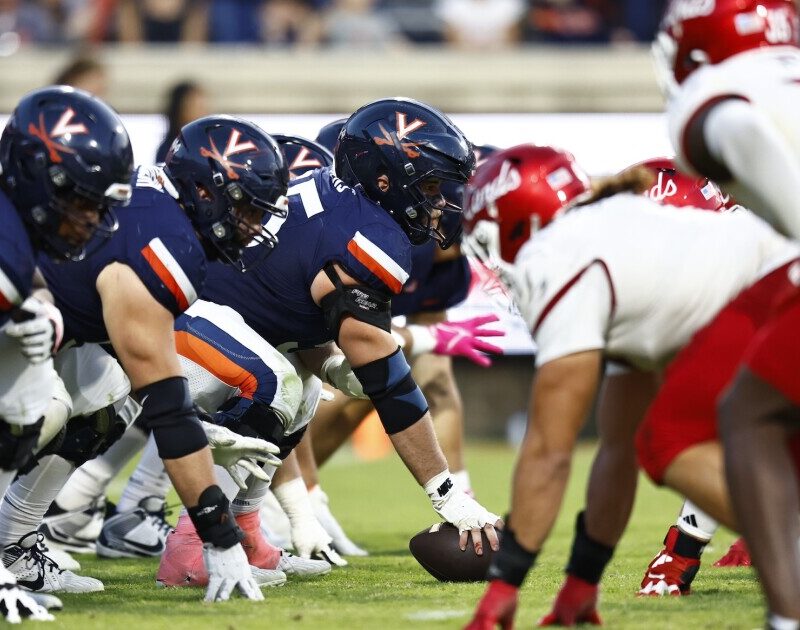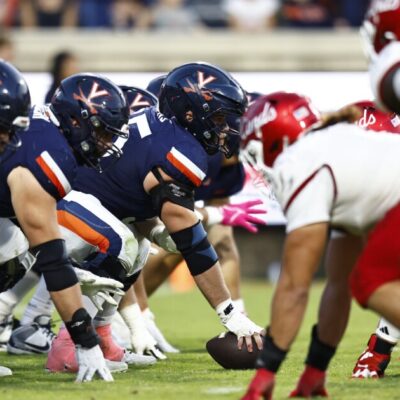Starman changed the way I look at comics. The series debuted in 1994, when I was a teenager, growing somewhat bored with traditional super heroes zapping and punching villains and each other. But Starman was different. The book was about a superhero, yes—but its protagonist, Jack Knight, wasn’t just another costumed crime fighter. He was a man learning to be a hero, while at the same time learning to be a son, a brother, a friend, and ultimately, a partner and father. The book was literate and mature, quoting serious works, making far-reaching allusions, even offering impromptu history lessons. Now, nearly a decade after its conclusion, DC is collecting the entire series, its spinoffs, and behind-the-scenes archival material in its hardcover omnibus series. The experience is just as eye opening the second time around.
Jack is the son of Ted Knight, the original Starman from the 1940s. His father was a scientist who invented the cosmic rod, which gave him the power of flight and light, and which he used to battle evil alongside the Justice Society of America and protect his home town of Opal City. An aged Ted passes the mantle on to his son David, who in the first few pages of this book is promptly shot dead by Starman’s old nemesis in a master plan to destroy both Starman and Opal. With no choice but to fight or die, Ted’s slacker son, Jack, is forced to pick up the rod and embrace his destiny.
The typical superhero stuff is just the surface. Jack is so painfully human that he’s nearly impossible not to identify with. We’re all screw-ups trying to do better. And Starman was the first time I’d seen a comic book acknowledge that super heroes can be screw-ups too.





